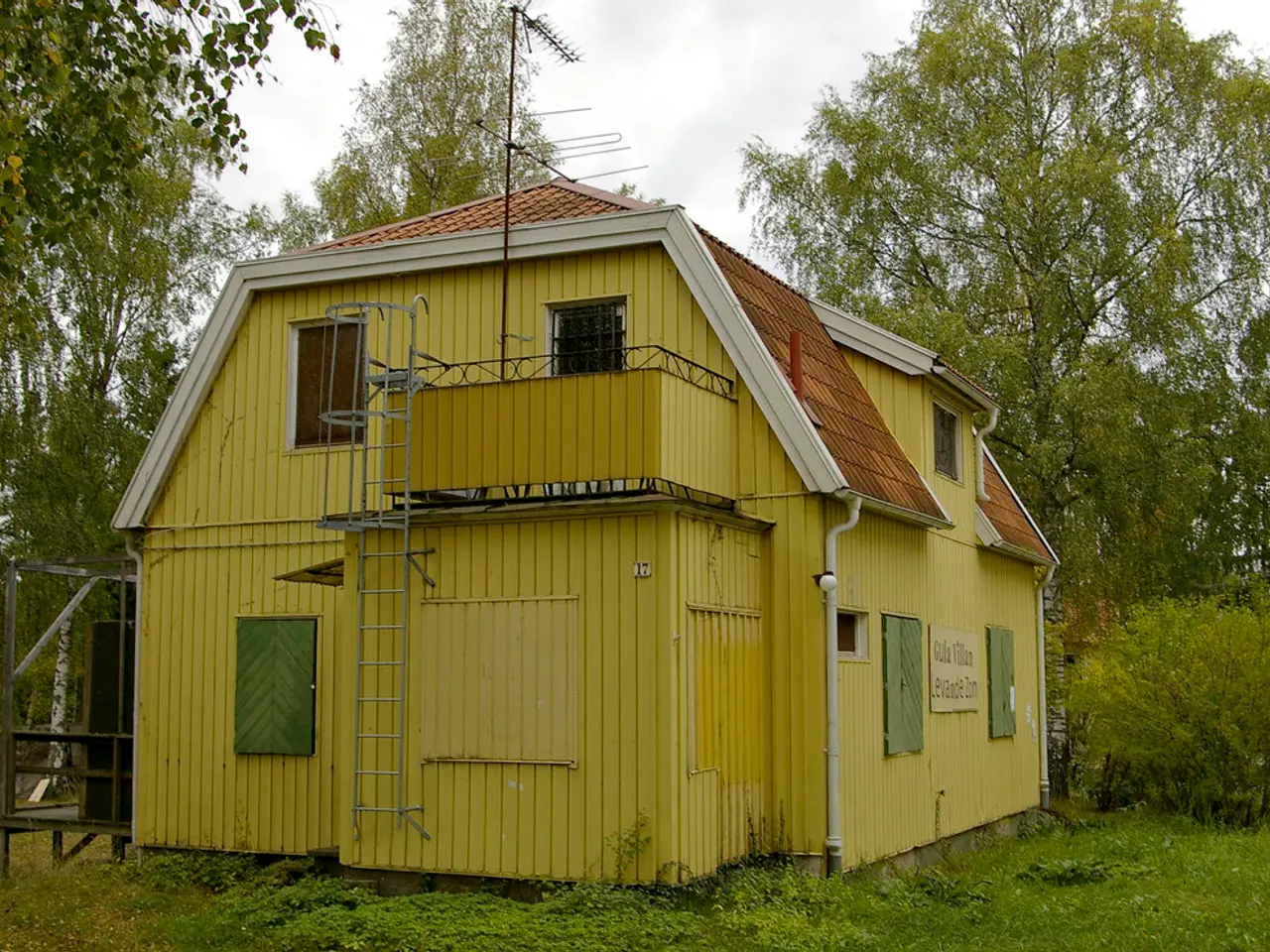Starlink awarded $119 million for expanding rural internet access in Montana
In a notable development, the Montana state government has allocated $119 million to Elon Musk's Starlink, as part of the U.S. Broadband Equity, Access, and Deployment (BEAD) Program, to connect over 20,000 underserved locations with satellite internet. This move is part of a broader effort to expand high-speed internet access across rural America.
Starlink, already widely available for purchase across the U.S., will handle more than 28% of the locations in Montana's BEAD program. This decision marks a departure from more fiber-heavy broadband funding allocation strategies seen in other states, with about 65% of Montana's BEAD sites set to be served by satellite internet providers. This shift is expected to save over $300 million compared to the originally allocated $629 million.
Amazon's Project Kuiper has also made its mark in Montana, having been awarded $26 million to cover nearly 37% of the locations in Montana's BEAD program. The funding for these projects comes from the U.S. Broadband Equity, Access, and Deployment (BEAD) program.
SpaceX, the company behind Starlink, is working to boost its capacity to support gigabit internet. The company sees BEAD funding as key to scaling access in rural regions. However, SpaceX has demanded that both Virginia and Louisiana revise their BEAD plans, and has urged the Commerce Department to intervene in these proposals.
In Virginia, SpaceX protested the state's $613 million BEAD proposal earlier this month. Critics argue that fiber is a better long-term solution, offering faster, congestion-free gigabit speeds. However, the high costs associated with fiber deployment in rural areas have led some states, like Montana and Colorado, to consider satellite internet providers as a more cost-effective solution.
Starlink recently celebrated surpassing 7 million users worldwide, indicating a growing demand for satellite internet services. As the Commerce Department considers SpaceX's requests, the future of broadband expansion in rural America remains a topic of ongoing discussion and debate.
Read also:
- Understanding Hemorrhagic Gastroenteritis: Key Facts
- Stopping Osteoporosis Treatment: Timeline Considerations
- Tobacco industry's suggested changes on a legislative modification are disregarded by health journalists
- Expanded Community Health Involvement by CK Birla Hospitals, Jaipur, Maintained Through Consistent Outreach Programs Across Rajasthan








